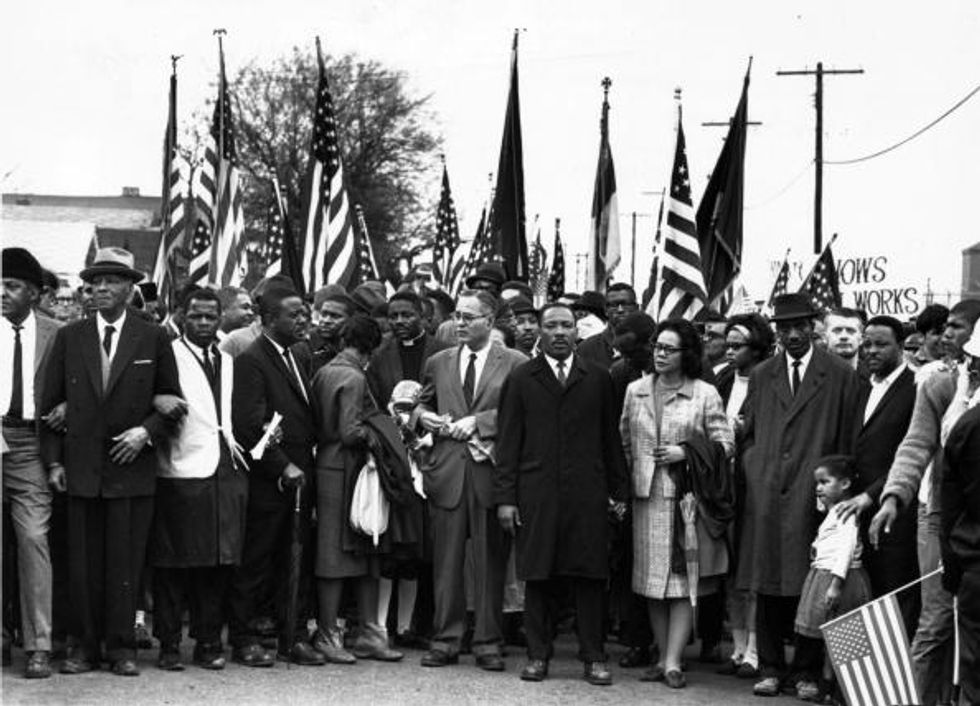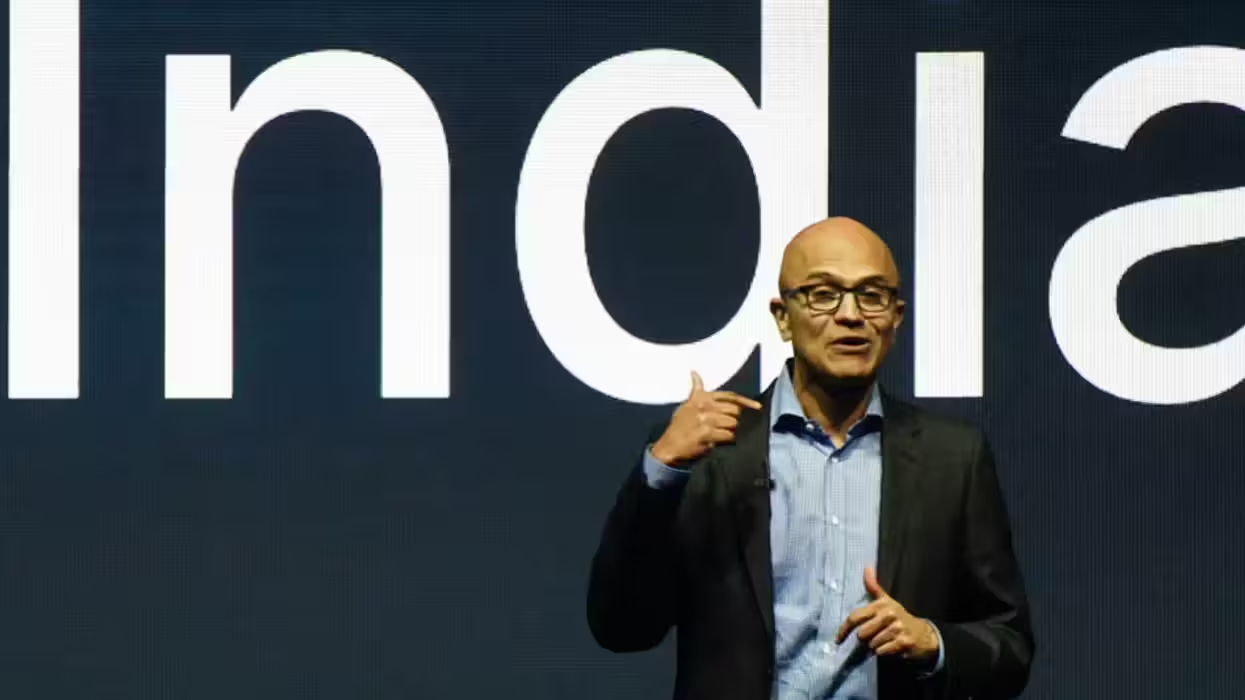WASHINGTON (AP) -- African-Americans are doing about the same as they have in previous years as the nation rises out of the Great Recession, and much better than they did when its first "State of Black America" report came out 40 years ago, the National Urban League said Tuesday.
The new report, "Locked Out: Education, Jobs & Justice," looks at how blacks and Hispanics have been doing in the United States over the last few years and how they were doing in 1976, the year the National Urban League began issuing its annual report.
Some things you need to know from the new State of Black America report:
 The Smithsonians National Museum of African American History and Culture is seen on May 12, 2016 in Washington, DC. The museum is scheduled to open on Seotember 24, 2016. / AFP / Mandel NGAN (Photo credit should read MANDEL NGAN/AFP/Getty Images)
The Smithsonians National Museum of African American History and Culture is seen on May 12, 2016 in Washington, DC. The museum is scheduled to open on Seotember 24, 2016. / AFP / Mandel NGAN (Photo credit should read MANDEL NGAN/AFP/Getty Images)
Black America is improving
Things are stabilizing for African-Americans and Hispanics.
The National Urban League derives its numbers from an "equality index" that is based on nationally collected data from federal agencies including the Census Bureau, the Bureau of Labor Statistics, the National Center for Education Statistics and the Centers for Disease Control and Prevention.
With full equality with whites in economics, health, education, social justice and civic engagement set at 100 percent, the National Urban League said this year's equality index for blacks stands at 72.2 percent, compared with last year's 72 percent. For Hispanics, it's 77.8 percent compared to 2015's 77.3 percent.
40-year comparison
Things have clearly gotten better for African-Americans since 1976, said Marc Morial, president of the National Urban League. Fewer blacks live in poverty - 29 percent in 1976 compared with 27 percent now. More blacks have graduated high school and college - 28 percent in 1976 and 33 percent today for high school, and 6 percent four decades ago versus 22 percent today for college. Life expectancy of African-Americans has increased from 68 in 1976 to 75 today.
The only areas where African-Americans are doing the same or worse is in home ownership, 43.7 percent in 1976 and 43 percent today, and in voting, which was 48.7 percent in 1976 and 39.7 percent today. Morial said the voting difference was likely because they compared a presidential election year, 1976, to a non-presidential election year, 2014.
African-Americans' numbers are worse than the white population in all categories. "The frontier of the future is confronting these economic disparities," Morial said.
 Civil rights campaigner Dr Martin Luther King (1929 - 1968) with his wife Coretta Scott King, at a black voting rights march from Selma, Alabama, to the state capital in Montgomery. (Photo by William Lovelace/Express/Getty Images)
Civil rights campaigner Dr Martin Luther King (1929 - 1968) with his wife Coretta Scott King, at a black voting rights march from Selma, Alabama, to the state capital in Montgomery. (Photo by William Lovelace/Express/Getty Images)
Economic and unemployment equality
For the second year in a row, California's Riverside-San Bernardino-Ontario metroplex is the best for blacks when it comes to income equality to the white population. African-Americans make 76 cents to every dollar whites make in those cities, the highest ratio in the nation. For Latinos, Honolulu is the most promising for income equality: Hispanics make 80 cents for every dollar made by whites.
Washington, D.C., and its suburbs are where blacks, whites and Hispanics have the highest median household income. Whites make $109,460, Hispanics make $66,523, and blacks make $66,151.
The cities with the lowest black unemployment rate are Oklahoma City and San Antonio at 8.3 percent. The city with the lowest Hispanic unemployment rate is Tulsa, Oklahoma, with a 4.6 unemployment rate.
The Urban League's Solution
Morial is calling for a major commitment from the government to rebuild the nation's urban communities called the "Main Street Marshall Plan." He wants $1 trillion over the next five years committed to several programs including universal early childhood education, homeownership strategies, high-speed broadband and technology, and a $15 per hour federal living wage indexed to inflation.
"While education is crucial, education alone is not going to solve the economic gaps in the country," he said.
You can view the full report, released by the National Urban League, by clicking here.
—

 The Smithsonians National Museum of African American History and Culture is seen on May 12, 2016 in Washington, DC. The museum is scheduled to open on Seotember 24, 2016. / AFP / Mandel NGAN (Photo credit should read MANDEL NGAN/AFP/Getty Images)
The Smithsonians National Museum of African American History and Culture is seen on May 12, 2016 in Washington, DC. The museum is scheduled to open on Seotember 24, 2016. / AFP / Mandel NGAN (Photo credit should read MANDEL NGAN/AFP/Getty Images)
 Civil rights campaigner Dr Martin Luther King (1929 - 1968) with his wife Coretta Scott King, at a black voting rights march from Selma, Alabama, to the state capital in Montgomery. (Photo by William Lovelace/Express/Getty Images)
Civil rights campaigner Dr Martin Luther King (1929 - 1968) with his wife Coretta Scott King, at a black voting rights march from Selma, Alabama, to the state capital in Montgomery. (Photo by William Lovelace/Express/Getty Images)






